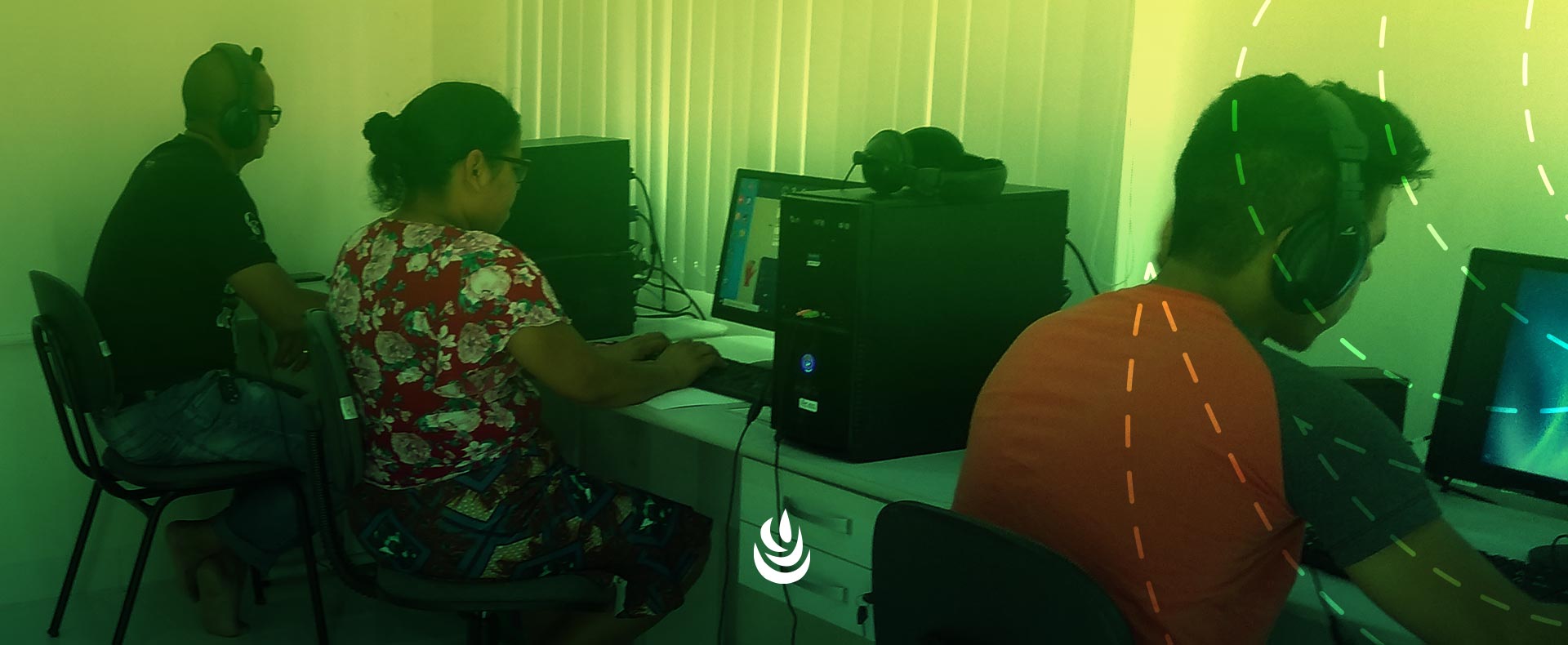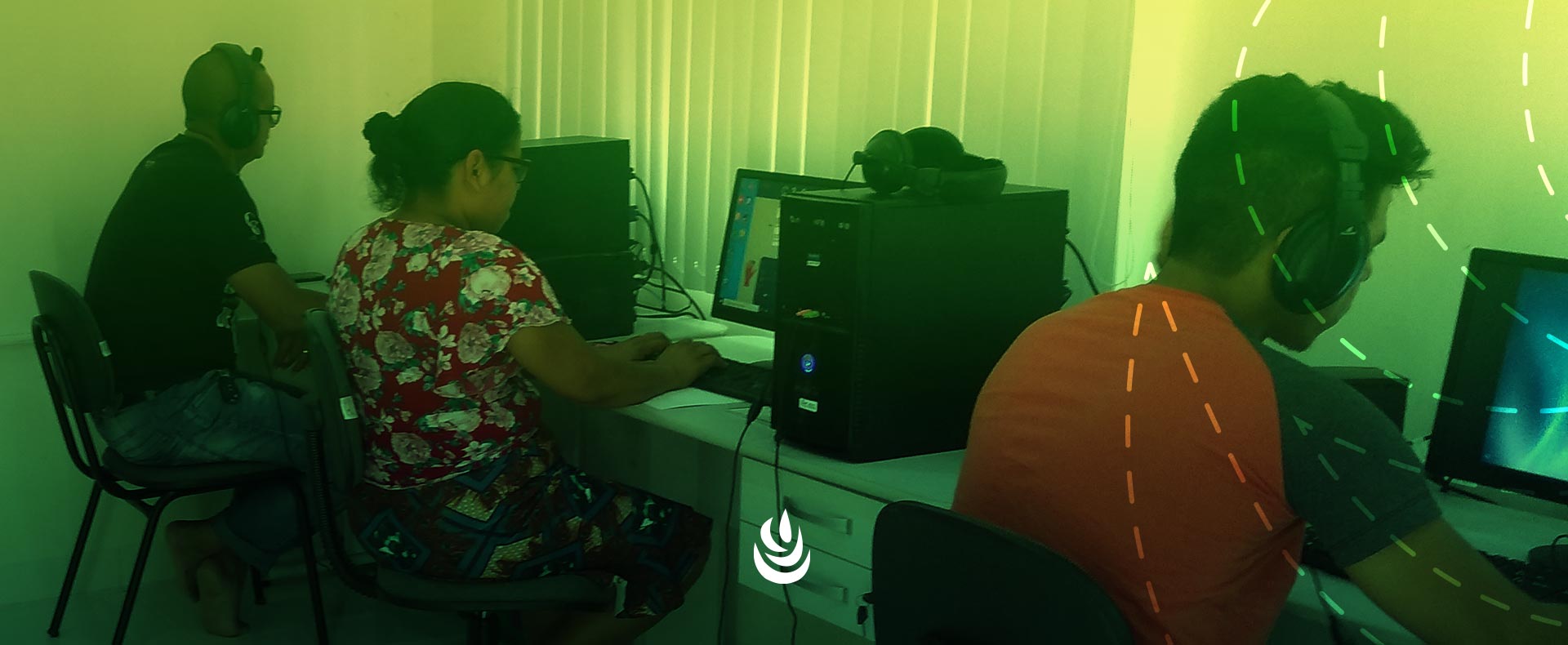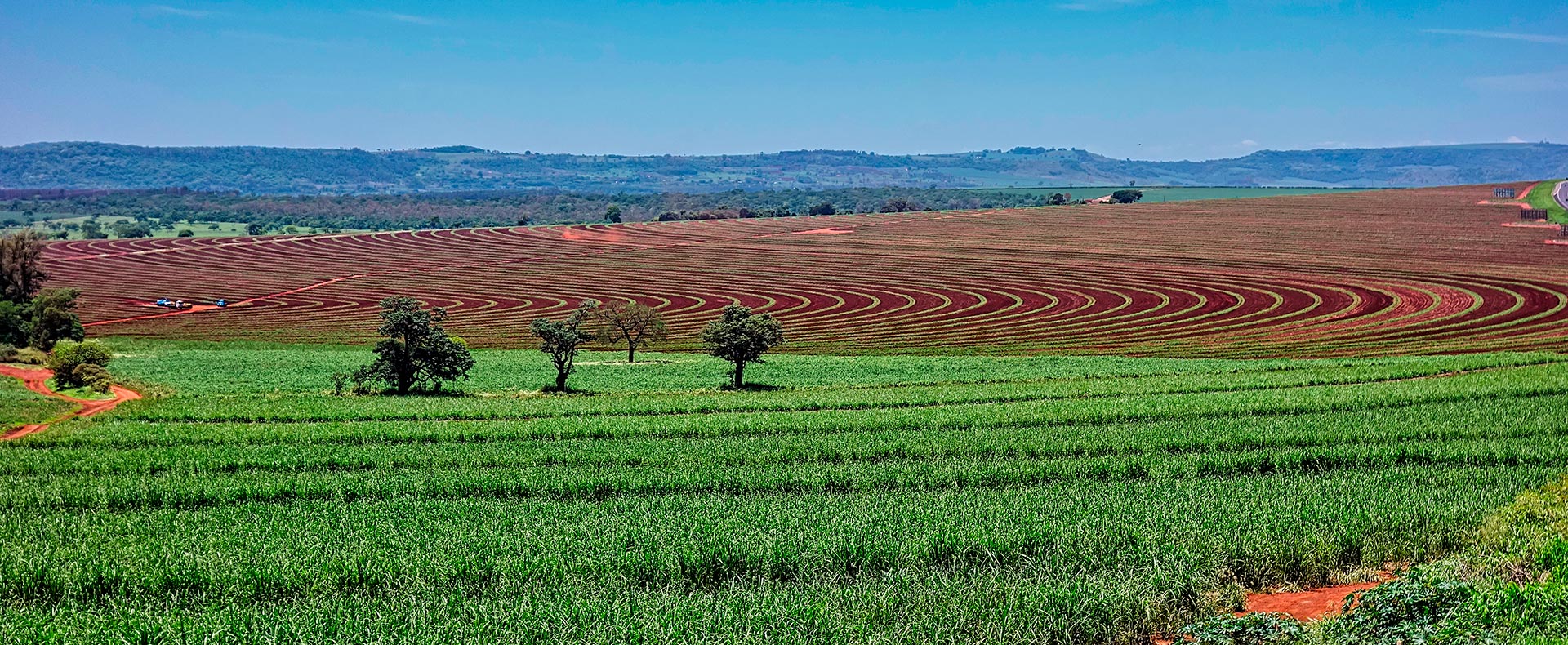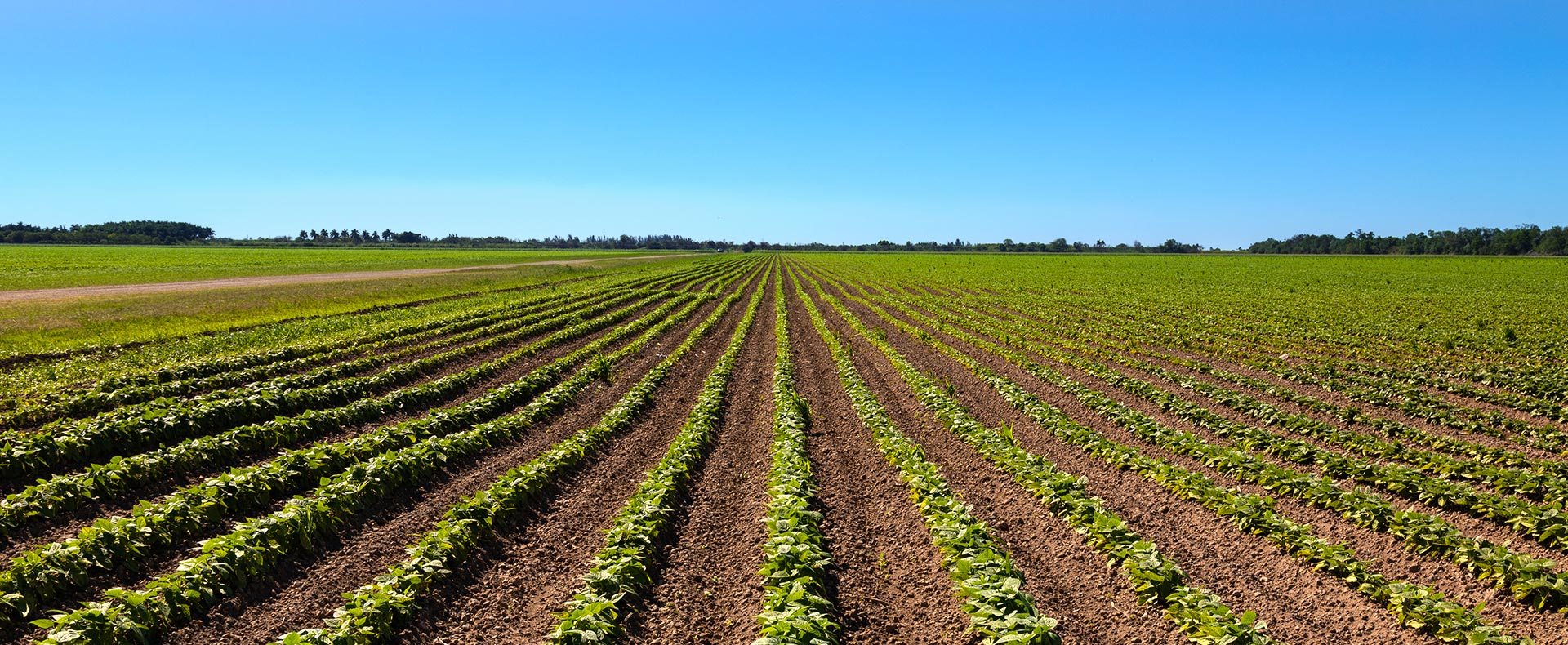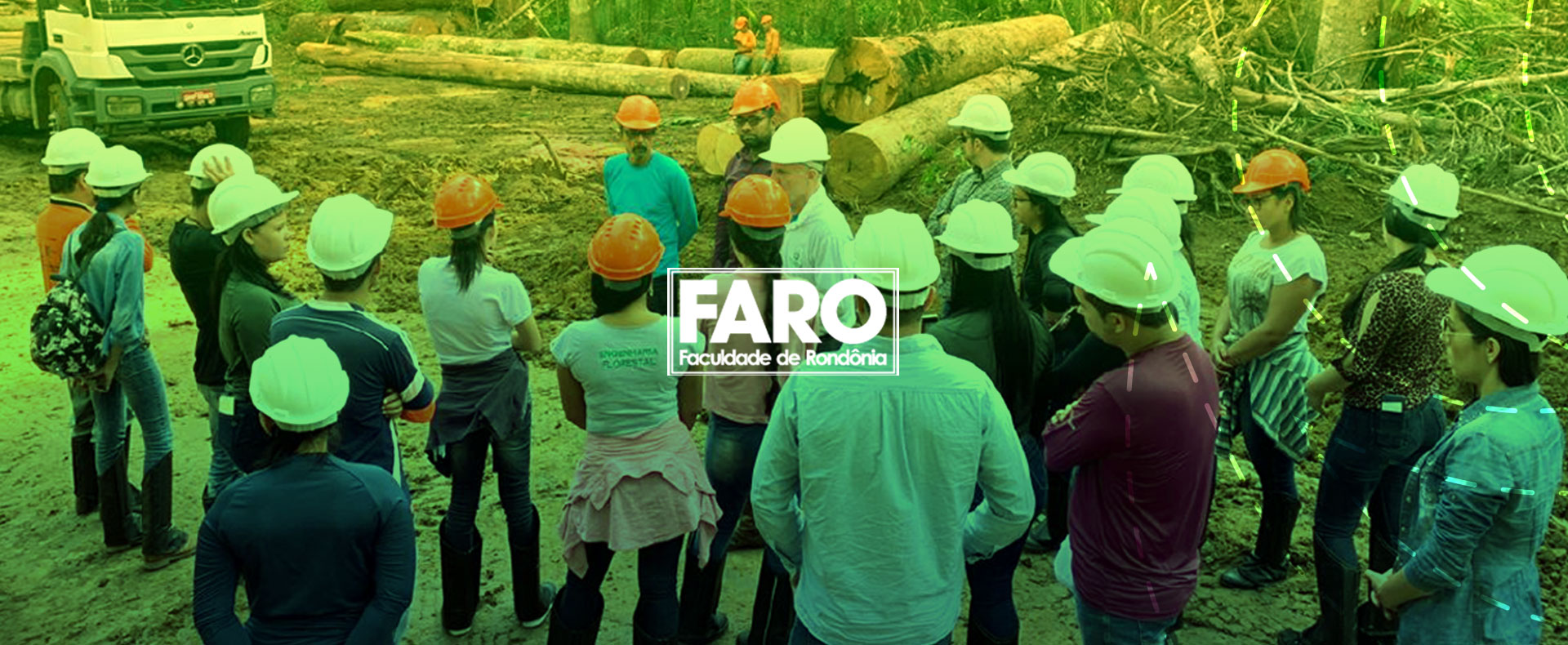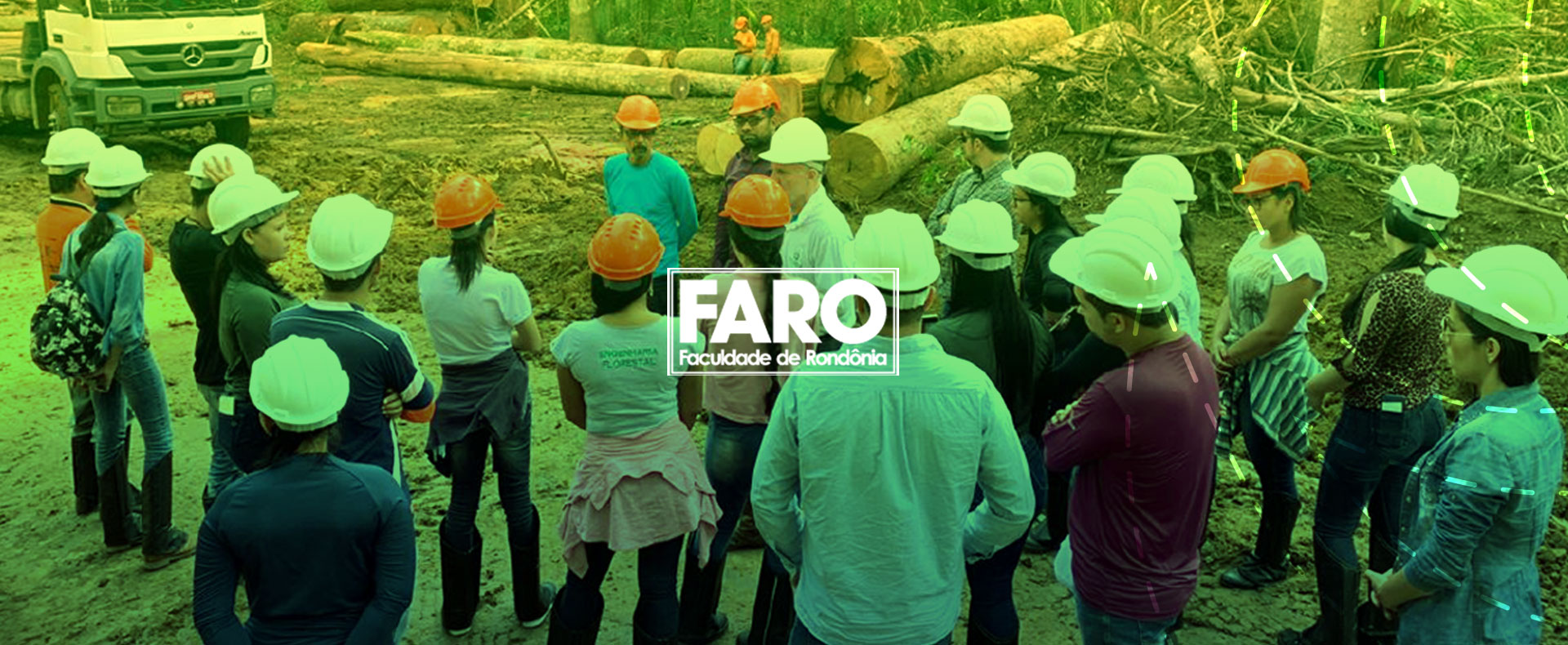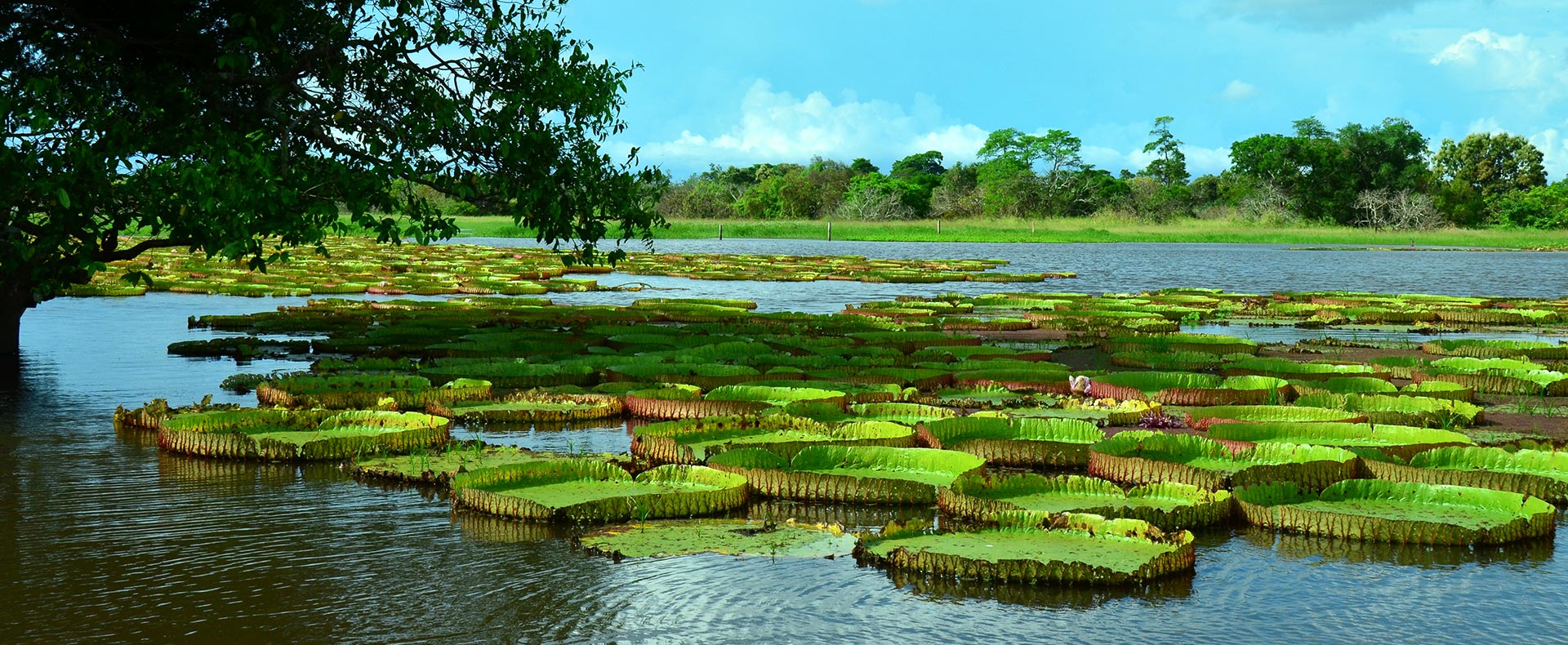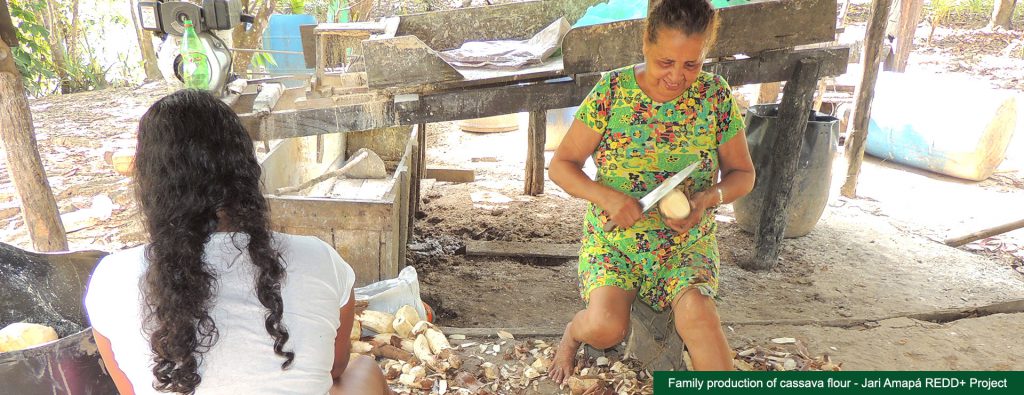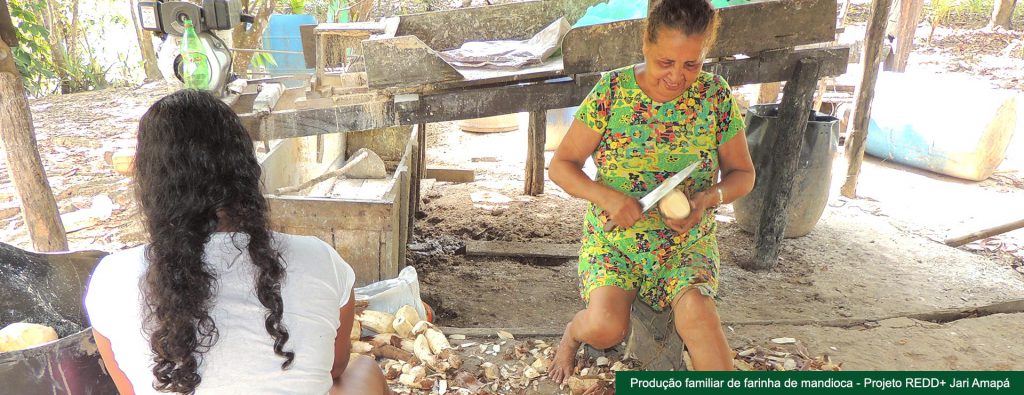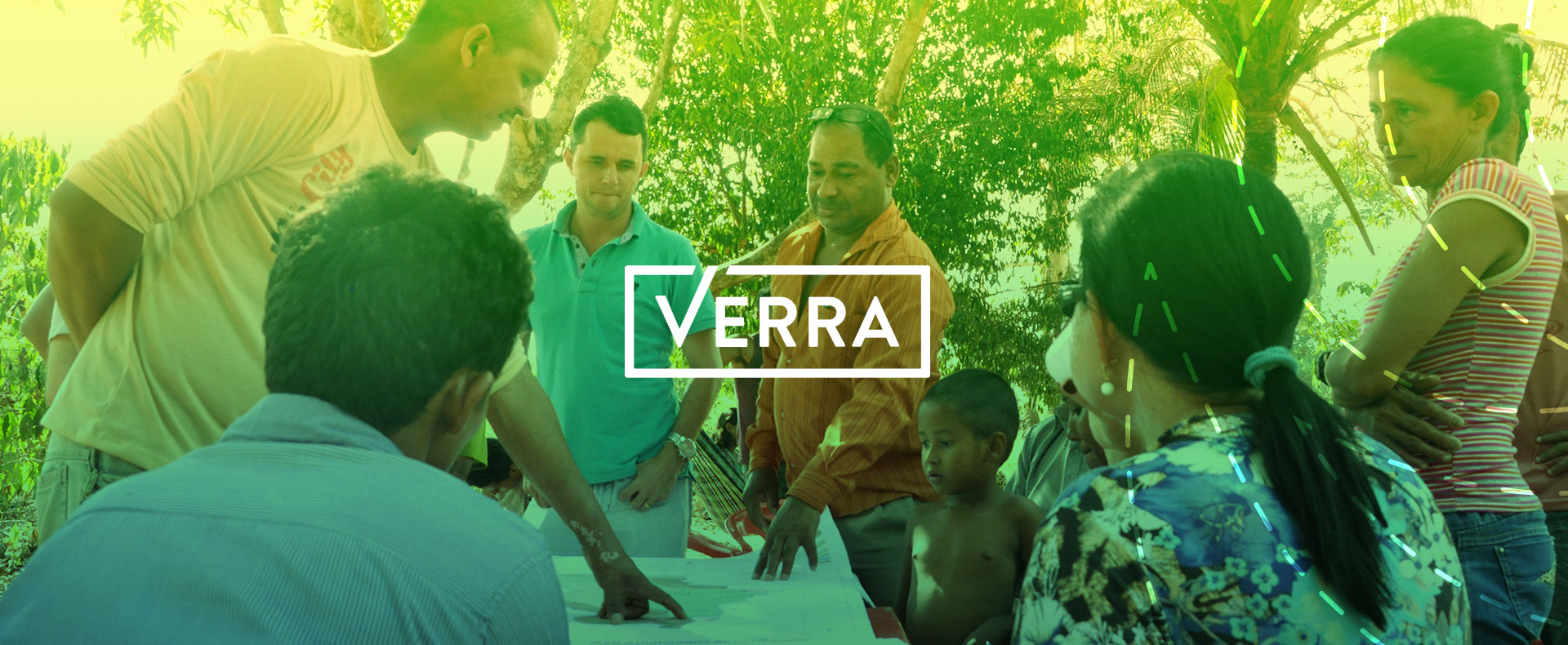Critérios ambientais, sociais e de governança ou ESG – sigla em inglês que ficou internacionalmente conhecida – estão sendo cada vez mais associados por gestores de investimento e reguladores a negócios sólidos, apresentando menos riscos ao clima e à sustentabilidade do planeta, e assim vem ganhando força e chamando a atenção do mercado. O aumento desse interesse chegou ao ponto de a MSCI, principal empresa de análise do mercado financeiro, declarar que os índices ESG estão se tornando mais relevantes que os tradicionais.
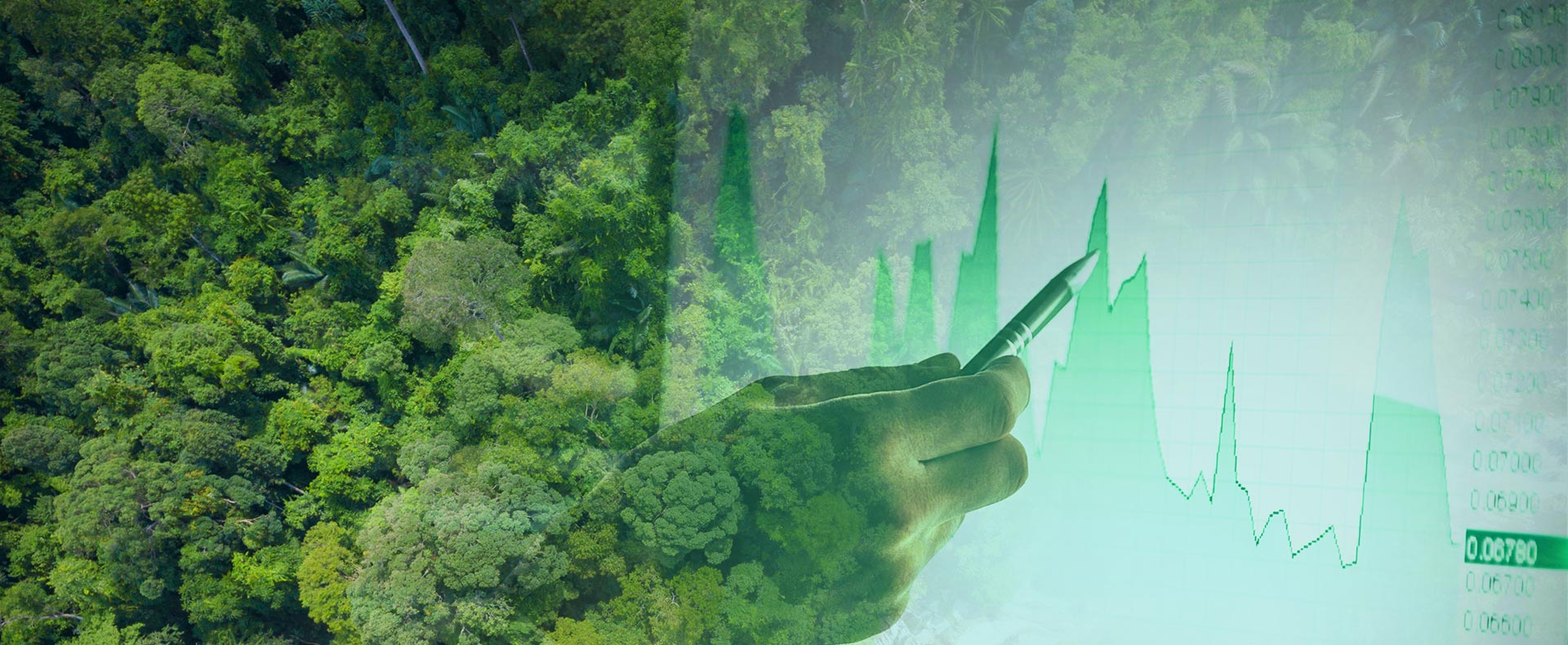
Clique aqui e veja quais métricas de impacto sustentável ESG são considerados no índice da MSCI
O impacto dessa tendência já começa a ser sentido em números e na movimentação do mercado. De acordo com o novo relatório da Moody’s Investor Services, a demanda por investimentos ESG exprime um movimento duradouro e com grande potencial de crescimento, podendo chegar a representar mais da metade de todo o mercado de gestão de ativos. Segundo a pesquisa, o mercado potencial para os investimentos ESG é de 89 trilhões de dólares, que é o total de ativos atualmente administrados pelos signatários dos Princípios para Investimentos Responsáveis (PRI) da ONU. Em paralelo, até a maior gestora de ativos do mundo, a Blackrock, anunciou em carta a seus clientes a mudança de posicionamento da empresa, que passa a considerar a sustentabilidade como principal fator em suas estratégias de investimentos.
Sustentabilidade: o centro das atenções em Davos
Diante desse cenário, o tema sustentabilidade foi pela primeira vez um dos mais discutidos no recente Fórum Econômico Mundial em Davos. Assuntos relacionados às questões climáticas, como desmatamento e fontes limpas de energia, estavam entre as maiores preocupações dos participantes e pautaram diversos encontros na programação oficial do evento, que chamou atenção pelo destaque ao tema meio ambiente e reforçou ainda mais o crescimento do interesse por investimentos ESG.
A importância dada aos riscos climáticos pelos empresários e governantes que estiveram no encontro foi um verdadeiro exemplo, principalmente ao Brasil, do impacto que as políticas verdes tem em diversos setores da economia, como reitera a matéria de Gabriel Kohlmann para o Estadão.
O Brasil e os investimentos ESG
Enquanto muitos países já estão dedicados a fortalecer boas práticas ambientais e sociais nos negócios há alguns anos, empresas e investidores brasileiros finalmente começam a caminhar na mesma direção. A criação de um conselho no Brasil pela Global Reporting Initiative (GRI), importante organização internacional que desenvolve padrões para relatórios de sustentabilidade, confirma que o país está despertando para a questão e incentiva a evolução dos investimentos ESG por aqui.
Inquestionavelmente, a preocupação com as mudanças climáticas começa a dominar o mundo dos investimentos e para a sociedade essa relação não poderia ser mais benéfica: ganha o meio ambiente, ganham as empresas que se dedicam a adotar práticas mais humanas e sustentáveis e ganham as pessoas que são favorecidas por essas práticas.
A Biofílica tem orgulho de fazer parte dessa mudança. Ao contribuir para dimensão ambiental, através da redução de emissões de carbono, nossos projetos REDD+ ajudam empresas no Brasil e exterior a se destacar frente a esse cenário e serem classificadas como investimentos ESG.
Saiba agora como neutralizar emissões de CO2 e veja sua empresa crescer enquanto ajuda a combater o desmatamento na Amazônia.
Converse com o nosso time REDD+
Referências:
VALOR ECONÔMICO – O investimento ESG.
MSCI – ESG sustainable impact metrics.
VALOR ECONÔMICO – Precisamos falar sobre sustentabilidade.
VALOR ECONÔMICO – GRI cria conselho no Brasil com presença de grandes investidores.
ESTADÃO. – As lições de Davos para o Brasil.
ENVIRONMENTAL FINANCE. – ESG investing could grow to more than half of global AUM, says Moody’s.
ENVIRONMENTAL FINANCE. – The ESG data – introduction.
MOODY’S INVESTORS SERVICE – Beyond passive, ESG investing is the next growth frontier for asset managers.



